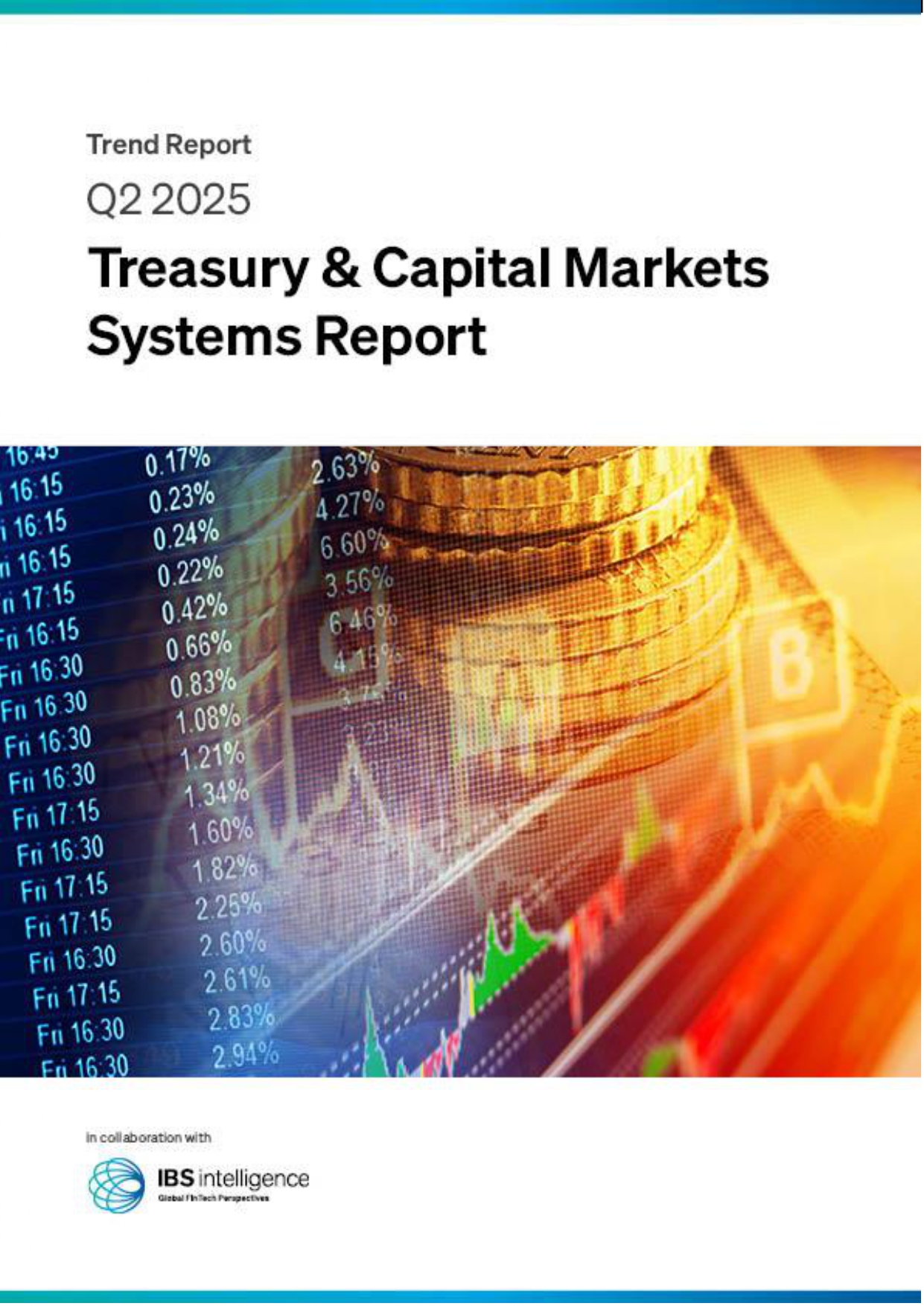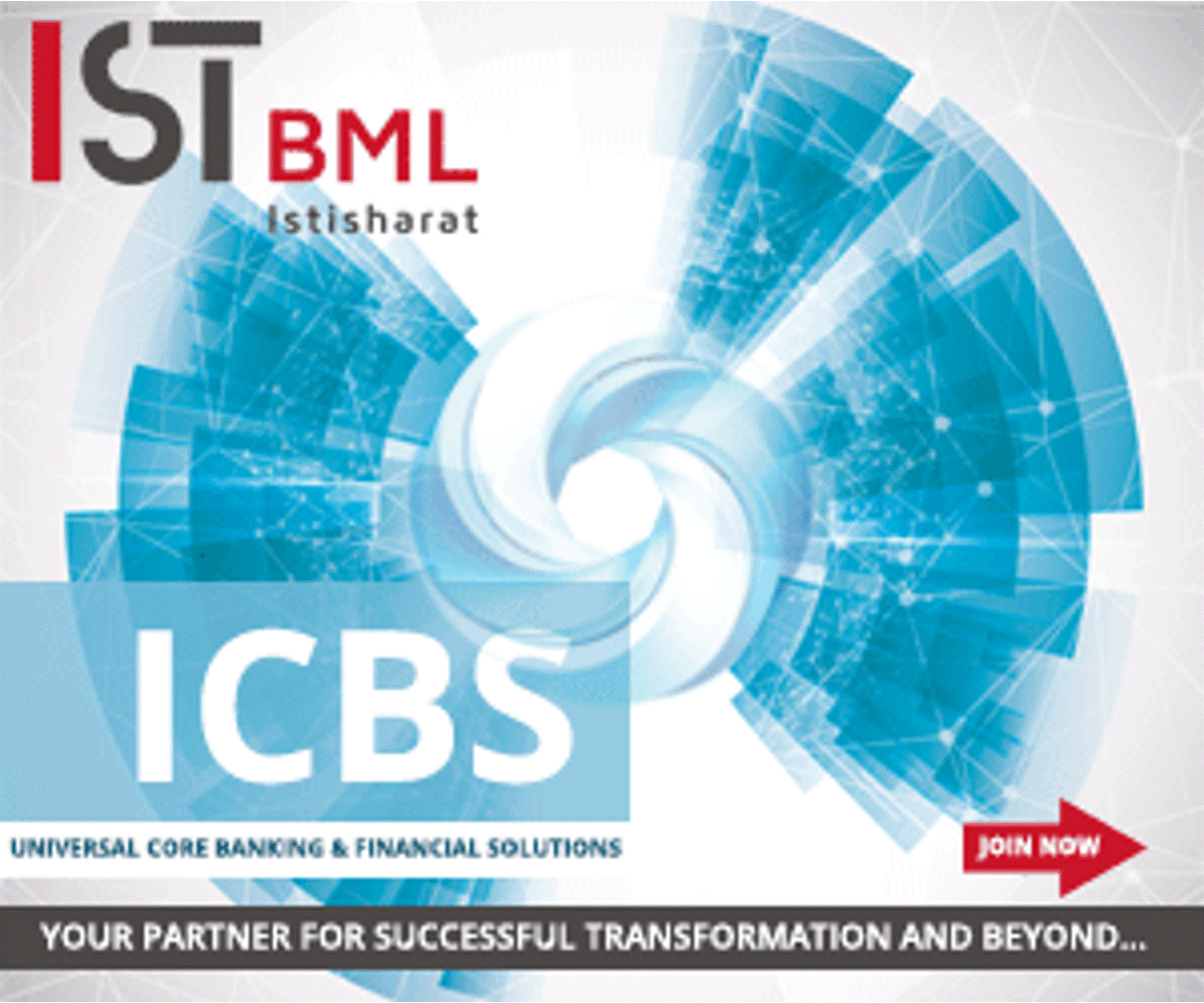 Back
Back
Banks’ approval rates for small business loans dropped in 2022
By Puja Sharma
December approval rates rose slightly at Small Banks, Institutional Investors, and Alternative Lenders while Big Banks and Credit Unions stalled last month.
Small business loan approval percentages at big banks slipped again, falling from 14.6% in November to 14.5% in December, which tied with January for the lowest monthly approval rate for big banks in 2022, according to the latest Biz2Credit Small Business Lending Index report.
Meanwhile, approval percentages of business loan applications at small banks rose slightly from 21.1% in November to 21.2% in December. Similarly, credit unions saw a decrease in approvals, dropping from 20.3% in November to 20.2% in December.
Among other non-bank lenders, approval percentages of alternative lenders increased from 27.4% in November to 27.6% in December. Institutional Investors approved 25.9% in December, up from 25.8% in November.
“It is currently a tough time to get small business loans from big banks,” said Rohit Arora, CEO of Biz2Credit, one of the nation’s leading experts in small business finance and FinTech. “Many small business owners are waiting to see if interest rate increases will end in early 2023. Meanwhile, the ones that have applied for loans were not very successful in securing them.”
“As we look at 2022, big bank small business loan approval percentages rose, then steadily declined where the figure in December was the same as it was last January. Meanwhile, small bank approval rates inched up ever so slightly, but they are still far below pre-pandemic levels,” Arora added. “Institutional Investors and Alternative Lenders were slightly up in 2022. Credit unions in December recorded their second-lowest total ever since Biz2Credit began reporting loan approval percentages in 2011. Overall, it was a tough year for small businesses looking to secure financing.”
According to a report by the world bank, SMEs are less likely to be able to obtain bank loans than large firms; instead, they rely on internal funds, or cash from friends and family, to launch and initially run their enterprises. The International Finance Corporation (IFC) estimates that 65 million firms, or 40% of formal micro, small and medium enterprises (MSMEs) in developing countries, have an unmet financing need of $5.2 trillion every year, which is equivalent to 1.4 times the current level of the global MSME lending.
East Asia And the Pacific accounts for the largest share (46%) of the total global finance gap and are followed by Latin America and the Caribbean (23%) and Europe and Central Asia (15%). The gap volume varies considerably from region to region. Latin America and the Caribbean and the Middle East and North Africa regions, in particular, have the highest proportion of the finance gap compared to potential demand, measured at 87% and 88%, respectively. About half of formal SMEs don’t have access to formal credit. The financing gap is even larger when micro and informal enterprises are taken into account.
Total nonfarm payroll employment increased by 223,000 in December, and the unemployment rate edged down to 3.5%, according to the Jobs Report released by the U.S. Bureau of Labor Statistics on Friday, Jan. 6. Notable job gains occurred in leisure and hospitality, health care, construction, and social assistance. Many of these jobs are created by small businesses.
Biz2Credit analyzed loan requests from companies in business for more than two years with credit scores above 680. The results are based on primary data submitted by more than 1,000 small business owners who applied for funding on Biz2Credit’s platform.
IBSi FinTech Journal
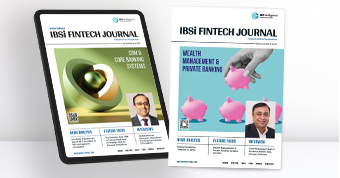
- Most trusted FinTech journal since 1991
- Digital monthly issue
- 60+ pages of research, analysis, interviews, opinions, and rankings
- Global coverage
Other Related News
Related Reports
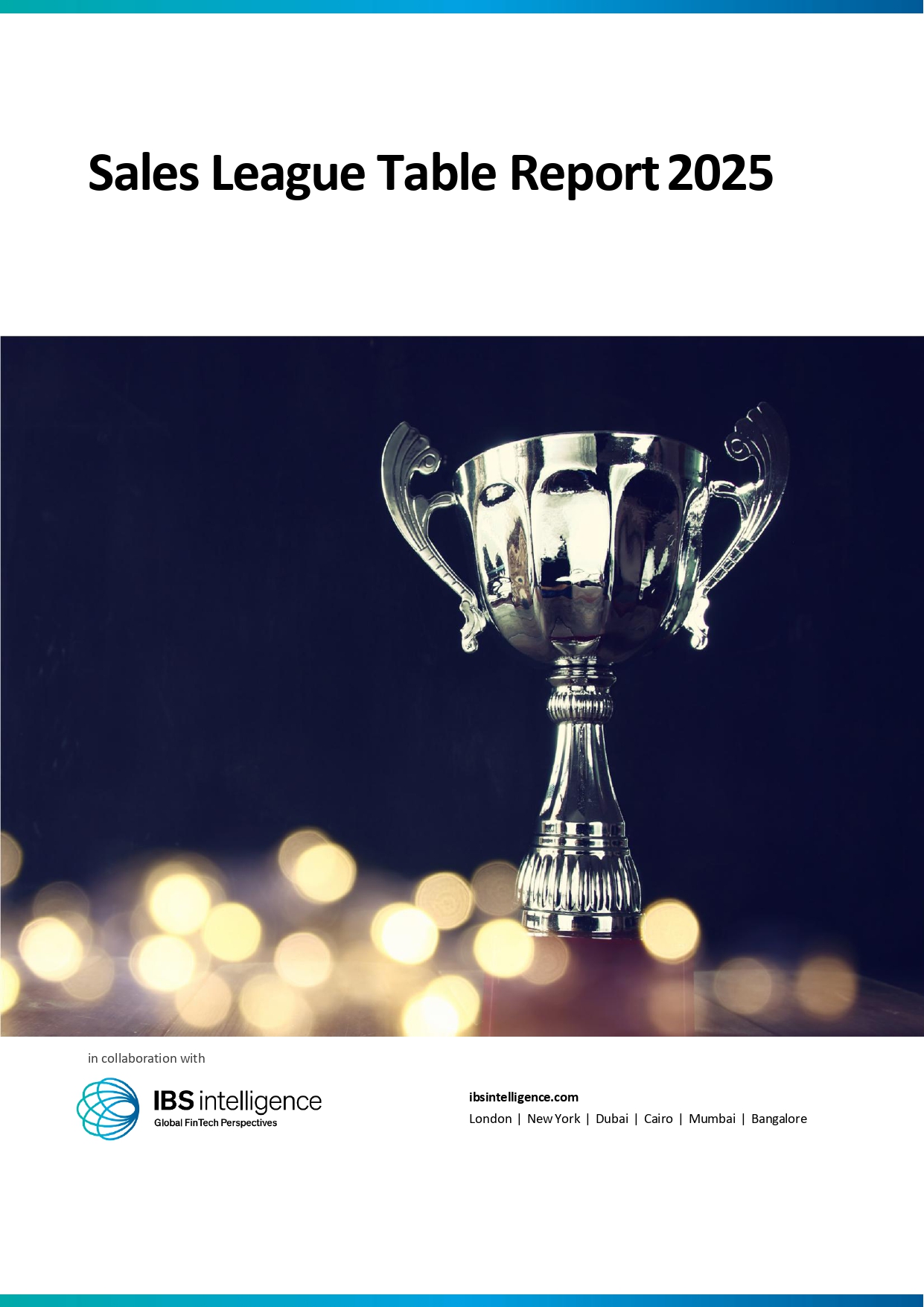
Sales League Table Report 2025
Know More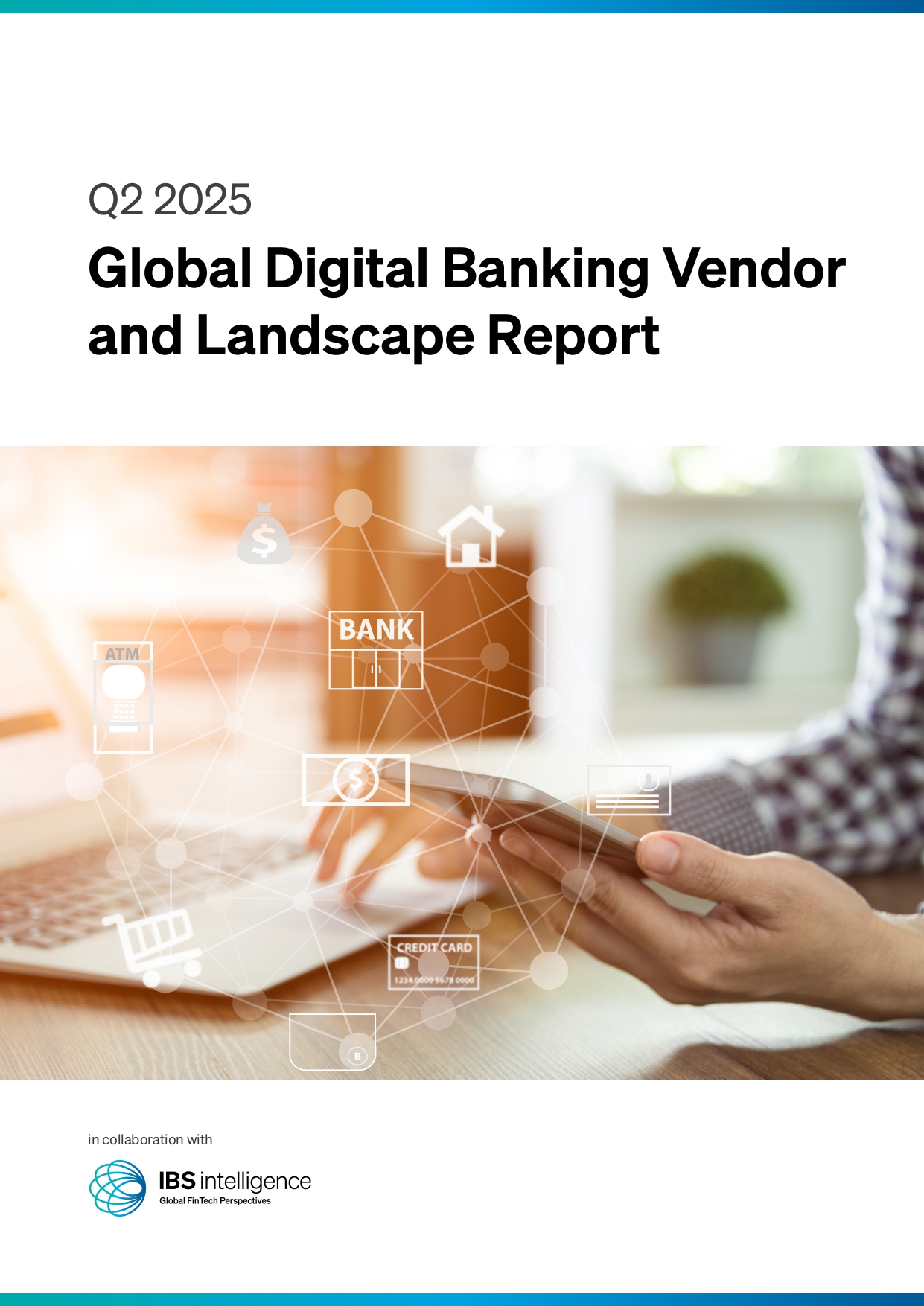
Global Digital Banking Vendor & Landscape Report Q2 2025
Know More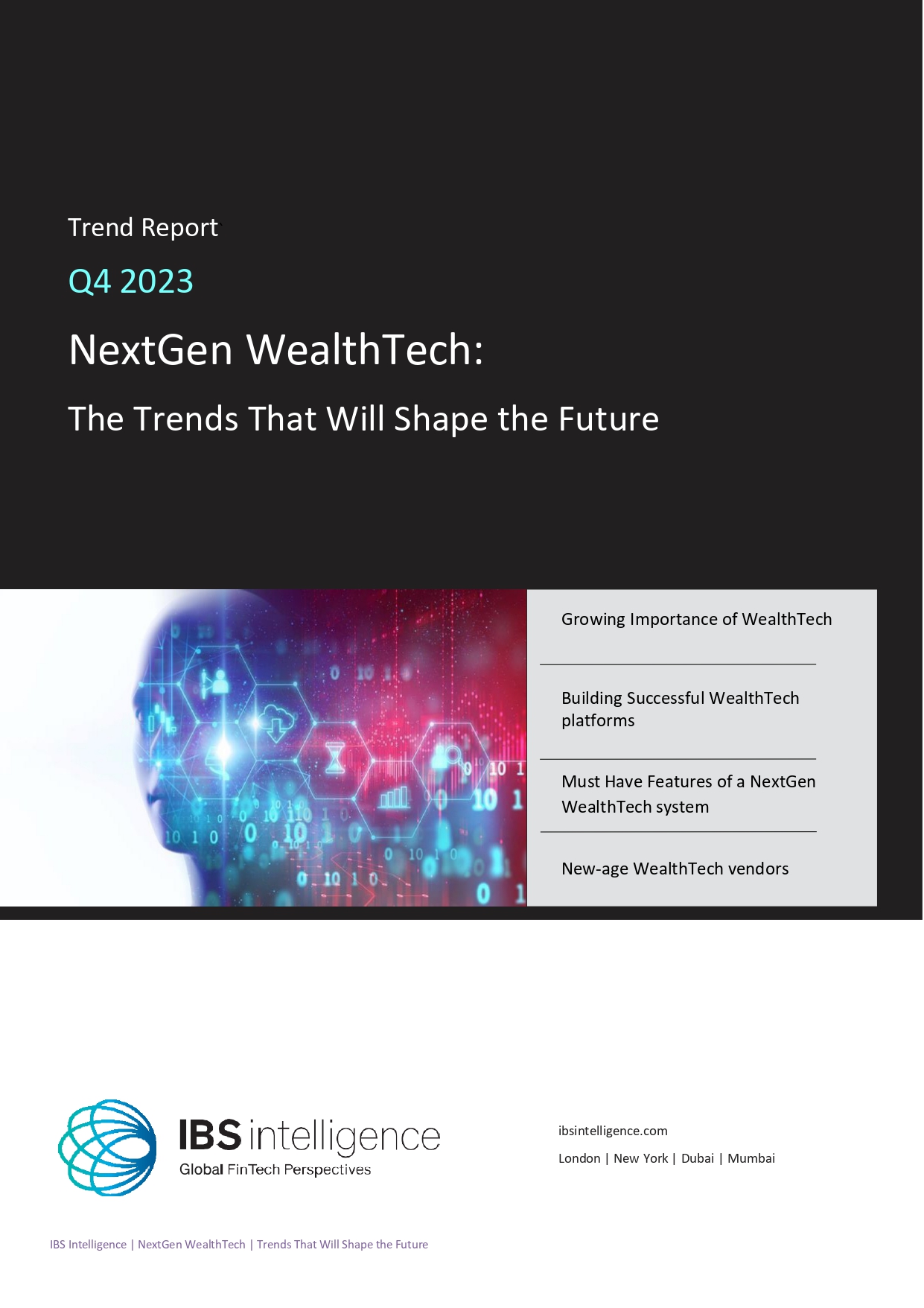
NextGen WealthTech: The Trends To Shape The Future Q4 2023
Know More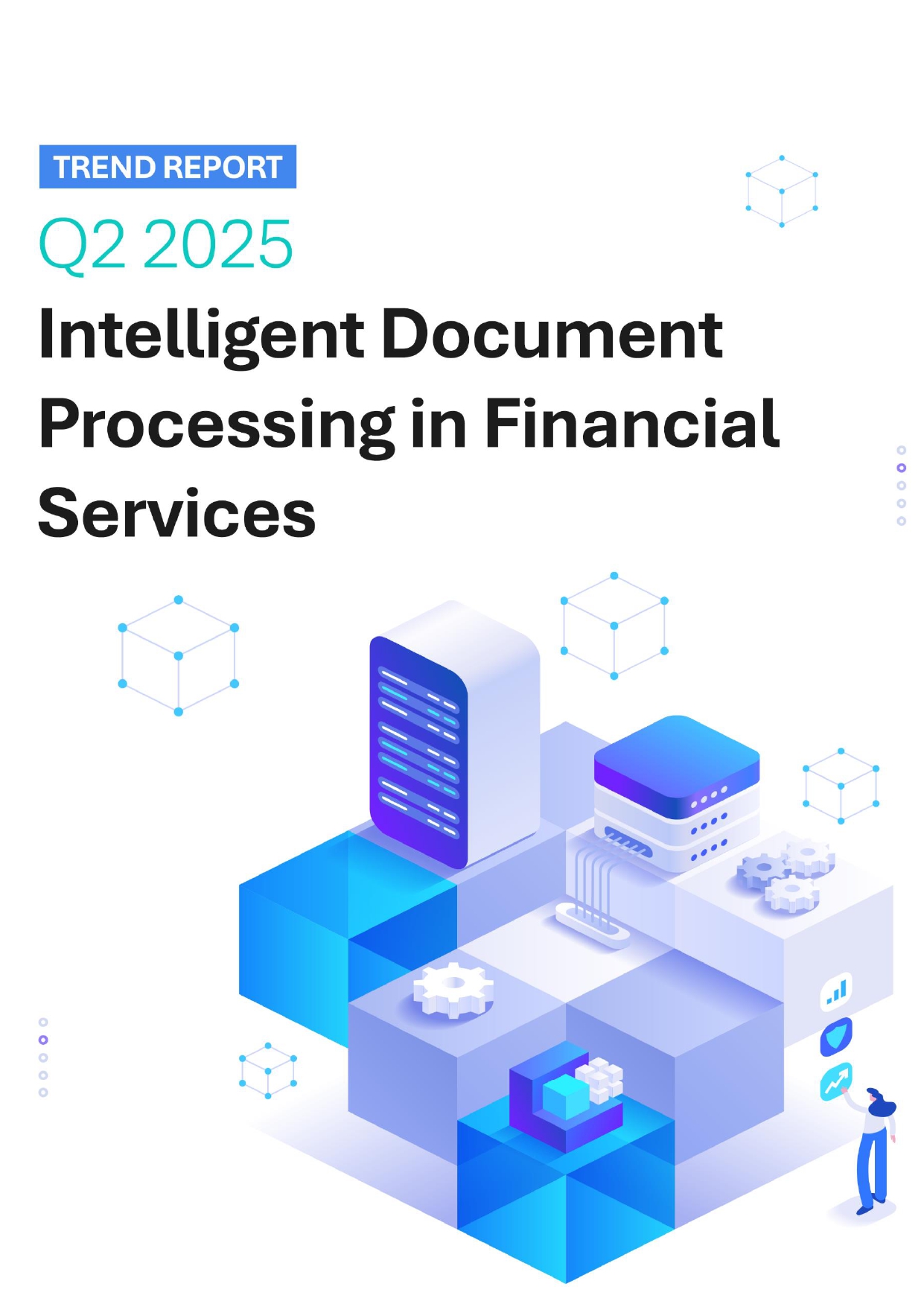
Intelligent Document Processing in Financial Services Q2 2025
Know More